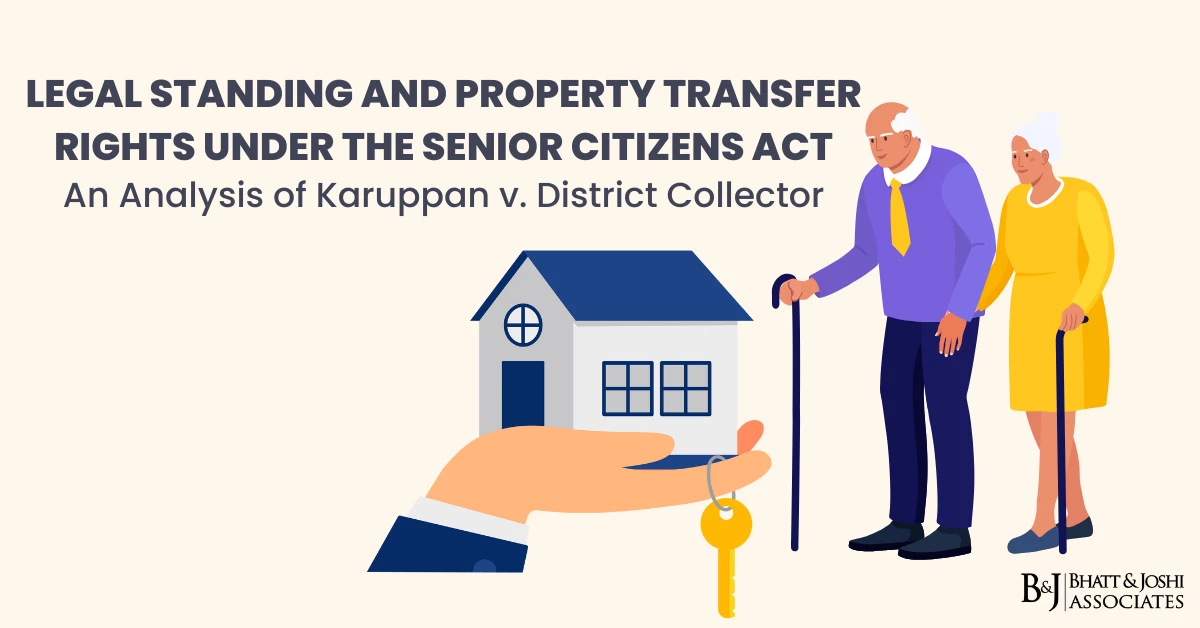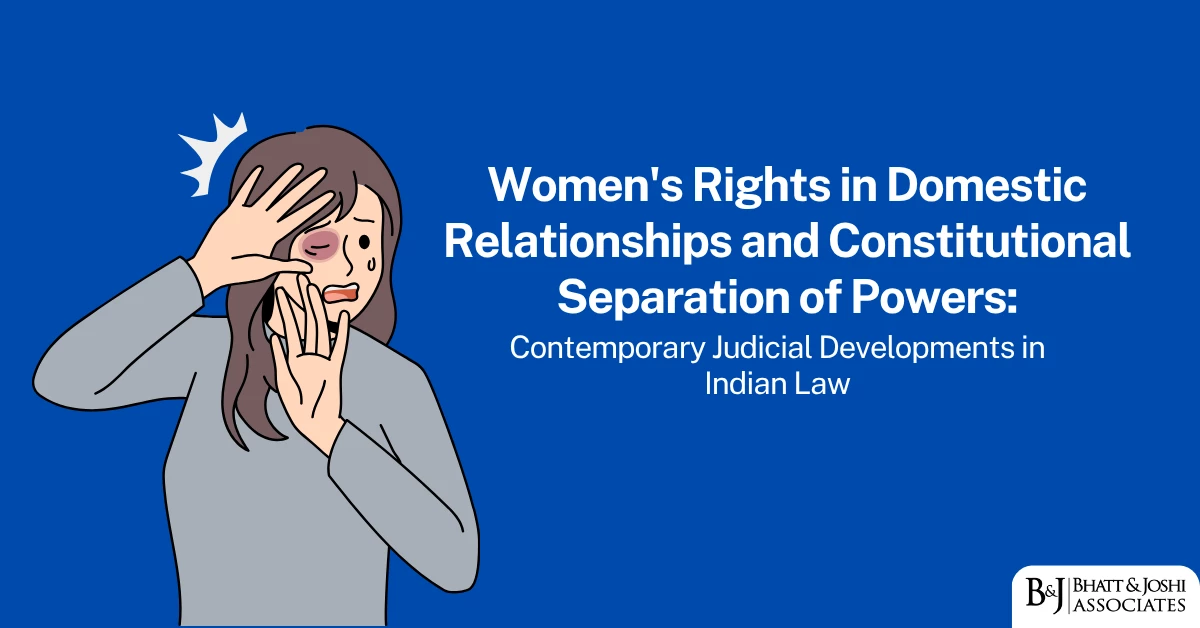Introduction
The significance of committee of creditors (hereinafter referred to as ‘CoC’) can be seen throughout the different stages of the Corporate Insolvency Resolution Process (‘CIRP’), in Part II (corporate persons) and Part III (individuals and partnership firms) of the IBC. However, Part II of the IBC does not explicitly define CoC for corporate persons, though CoC is a defined term for individuals and partnership firms in Part III of the IBC.
As per, Sections 18(c) read with 21, once all claims against the corporate debtor are collated the Interim Resolution Professional is duty bound to constitute a CoC. Generally, all the financial creditors make up the CoC and each financial creditor wields voting rights in proportion to the financial debt owed to them. In the situation where a corporate debtor does not have any financial creditors, the proviso to Section 21(8) contemplates and envisages that a CoC will be constituted in terms of Regulation 16 of The Insolvency and Bankruptcy Board of India (Insolvency Resolution Process for Corporate Persons) Regulations, 2016 (‘2016 Regulations’).
The committee of creditors has been enabled and empowered as board of directors under the Insolvency and Bankruptcy Code ( hereinafter referred to as ‘Code’ ), to take the decisions in respect of the Corporate Debtor, during the process of the corporate insolvency resolution process. In pursuance of this enabling system, the adjudicating authority while initiating the process of CIRP for a company, appoints a resolution professional, who executes and co-ordinates all the decision making during the CIRP and thereby conducts the CIRP of the company. As per Section 28 of the code, it is mandatory for Resolution professionals to take prior approval of the CoC.
![Critical Analysis: Insolvency and Bankruptcy Code 2016 [IBC] - LexForti](https://i0.wp.com/lexforti.com/legal-news/wp-content/uploads/2020/09/ibc.jpg?fit=1200%2C675&ssl=1)
Brief history
The primary objective of the codification of Insolvency and Bankruptcy was based on time-bound resolution of debt, maximization of asset-value and revival of the corporate debtor. In the furtherance of the aforementioned objective, the Banking Law Reforms Committee has accentuated upon the “rights of creditors” under the Code. In 2015 report BLRC emphasized on the following-
“… When default takes place, control is supposed to transfer to the creditors; equity owners have no say.”
Not only, BLRC acknowledge the weakness of creditors under the prevalent bankruptcy regime but also, they contended to vest power in the hands of the creditor at the time of financial distress. The same was upheld by the Supreme Court of India in the case of Innoventive Ind. v. ICICI Bank. Thus, further empowering the creditors of the corporate debtor; in order to promote effective resolution of debts and to ensure the revival of the company.
Recent Changes and pertinent Judgements
In the case of Innoventive Industries v. ICICI Bank, the court reiterated and upheld the viewpoint of BLRC committee stating “when the company or a corporate entity makes any kind of default, the control shall necessarily shift to the creditors and shall not remain in the hands of the management of the company.” Further, in the case of Swiss Ribbon v. Union of India, the court ruled that the Financial creditor are involved in the processes of Corporate Debtor from the beginning and hence their presence in restructuring is essential to ascertain and remove the financial stress, which is not present with the operational creditors.” In the case, Phoenix Arc Private Limited v. Spade Financial Services Ltd., the question of law involved was Section 21 (8) of the Code regarding the creation and constitution of the CoC. The issue demurred, was whether the related party status if extended to a FC shall be as per the present status or shall be as per the time when the financial debt was incurred. In the instant case the court has taken a purposive interpretation rather than literal interpretation and held that if an FC who is a related party tries to do away with such tag of related party through any act and acts in such manner with a sole motive of entering the CoC, shall not be the part of the CoC and will be restricted through provision first of Section 21(2).
Comparison with International Scenarios
As defined under section 21(2) of the Insolvency and Bankruptcy Code, 2016, “the Committee of Creditors(CoC) shall comprise of all financial creditors of the financial debtor provided that…..” this means composition of the committee is already defined under the given code.
However, in the US bankruptcy code, the Creditor’s Committee’s composition is not predefined, rather a US Bankruptcy trustee is in charge of choosing who will be included in the same.
In Germany, the provisional committee is taken as a compulsory committee according to Sec. 22a para. 1 of the German Insolvency Code. The appointment is resolved upon by the Creditor’s Assembly.
Therefore, the procedure for the appointment of the committee varies vastly when it comes to the appointing body.
Suggestions
There are instances where CoC exercises certain unbridled powers, such as, at the time of change of Resolution Professional in terms of Section 27 of the IBC, CoC is not obliged to record its reasons. Additionally, the IBC does not subject the resolution plan per se to judicial scrutiny and the limits of judicial review have been circumscribed to the parameters in Section 30(2) and Section 61(3) of the IBC. IBC has cordoned off the entire bankruptcy framework in such a way that once the Coc is constituted under Section 21, it exercises exclusive access to negotiations and retains the final hand in dealing business decisions.
Conclusion
The recent judgements explaining the purview of appointment of committee of creditors shall certainly be a boon for the insolvency regime in the country and will lead to development of trust in the same. The above mentioned judgments clear the standpoint regarding who can be appointed in the Committee of Creditors, ensuring that the Resolution Proceedings be not only expeditious but also genuine and fair.
Submitted by-
ROSHI SURELE











